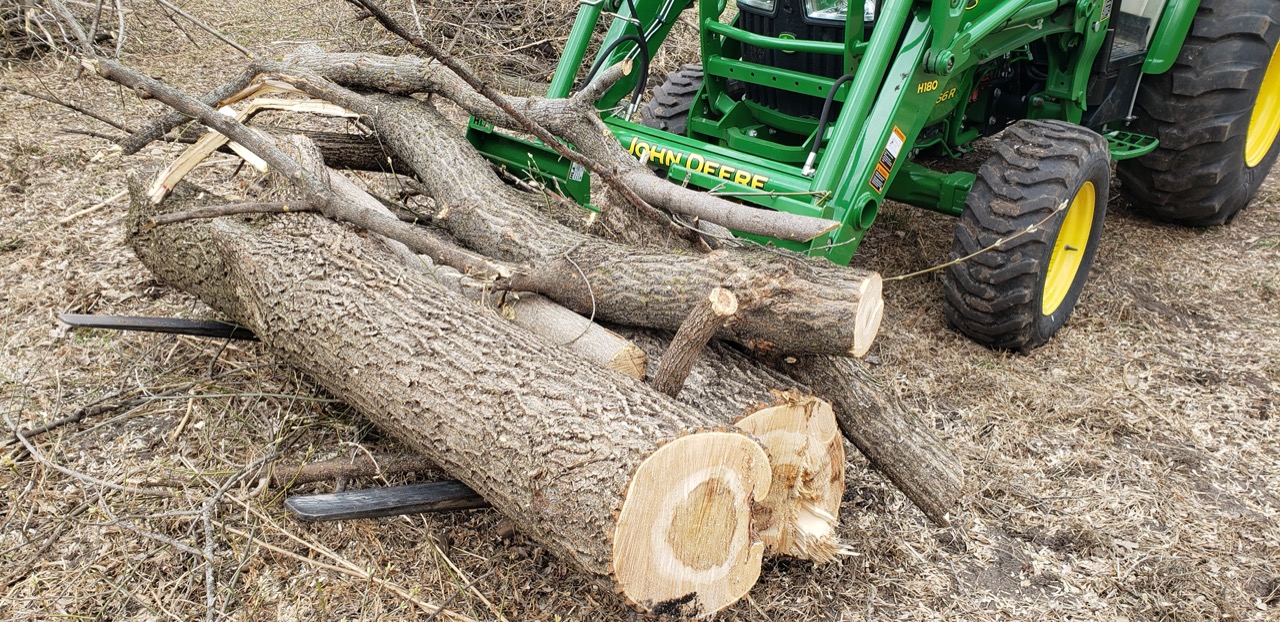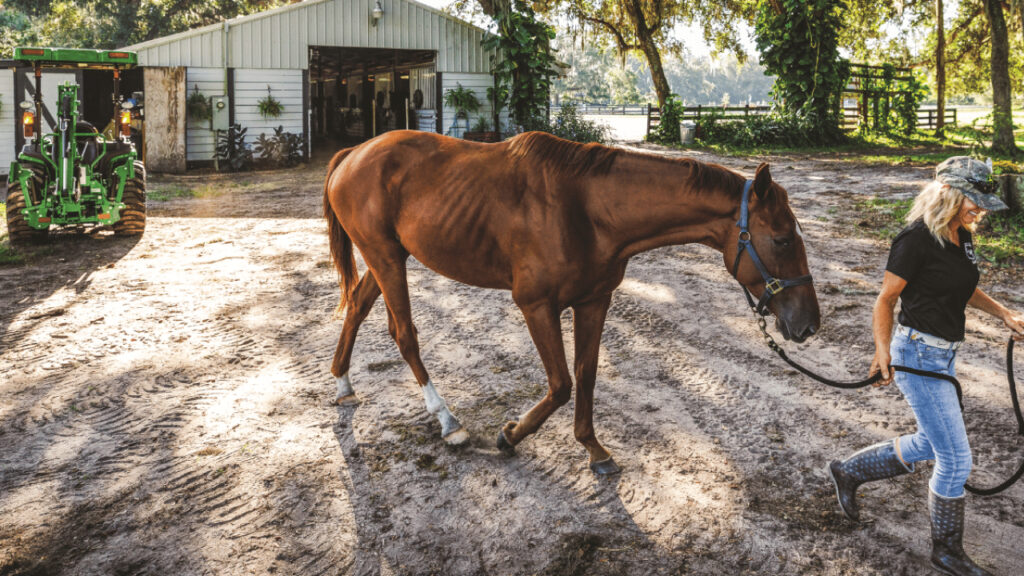
Minnesota is blessed with an abundance of public forests. But, private woodlands still provide critical habitat for a variety of wildlife species. Whether you’re interested in providing habitat on your property for hunting, wildlife watching, or a combination of activities and benefits, actively managing the land is the best way to achieve your goals.

Some property owners believe woodlands and other types of habitat do best without human intervention. However, biologists assure us that thinning trees, managing other types of vegetation, and adding sources of sustenance—such as food plots or tree and shrub plantings—are key to providing the best quality habitat possible.
The following are six timely tips to get you started.
1. Plan for Success
Efficient, effective woodland wildlife habitat management starts with a plan. Start by assessing the property’s potential and identifying what you’d like to achieve. Considering reaching out to sources of assistance like state wildlife agencies, the Natural Resources Conservation Service and staff from your local Soil and Water Conservation District. Then identify realistic steps to improve the habitat, possibly including a few of the following habitat ideas. Then visit your friends at Minnesota Equipment to secure all the reliable, high-performance machinery you need to get the job done.

2. Open the Canopy
Timber harvests ranging from clear-cutting to selective tree removal can improve wildlife habitat. One trick to boosting food and cover in a mature forest without taking down the entire forest is to remove 40 to 60 percent of the trees.
Known as “shelterwood cutting,” this approach opens the forest canopy, allowing more sunlight to reach the ground. Increased sunshine sparks the natural growth of food-producing shrubs, grasses, and tree seedlings in the understory. The practice also works well when you want to plant trees, shrubs, or other vegetation in a wooded area without creating a clearing.

To make it happen, choose the trees you’d like to leave for food production, nesting or seed, then remove the rest. In regenerative plantings, it’s common practice to remove most of the remaining trees in five or 10 years, to let the new growth enjoy full sunlight.
3. Save the Snags
Thinning areas of a woodlot can be beneficial, but don’t cut down all the dead trees or “snags” in the forest—or remove all the fallen trees, either. Many species of wildlife use them for dens, roosting, nesting, and foraging.
Biologists recommend leaving three to five standing dead trees per acre, plus a few dead downed trees for additional habitat. If your woodlot lacks such cover, consider creating it by deadening a few large trees by girdling or applying herbicide. All that being said, remove any dead trees that pose a risk of falling on a populated area.

4. Brush Up Your Habitat
Brush piles may seem unsightly, but they actually provide excellent cover for a variety of wildlife, including cottontail rabbits, chipmunks, turkeys, pheasants, and a number of songbirds. Properly designed and placed piles provide sanctuary from predators such as hawks, owls, and coyotes.
Experts recommend placing two to four brush piles per acre within woodlots. Especially if they are near field edges, draws, and trails where other cover is nearby. Piles 12 to 15 feet in diameter and 4 to 6 feet high are ideal. Crisscross logs and large branches to form a base. Then, add increasingly smaller diameter woody cover before topping it all off with a layer of twigs and small branches until you can’t see into the interior. You can also create a “living” brush pile by cutting partway through the trunk of a small evergreen or broad-leaved tree and pushing it over.
Tip: Pallet Forks are handy loader attachments that make it easy to move brush and small limbs for brush pile creation. They’re great for dozens of other projects, too!

5. Consider Winter Cover
Winter cover is also a plus. For example, central Minnesota whitetails often use closed-canopy deciduous woodlands for winter cover, especially where forage is available from food plots or farm fields. Farther north, conifer or “evergreen” forests serve as winter cover. If you have the room and ability to manage for winter woodland cover needs, great. But keep in mind, deer can migrate several miles or more to reach wintering areas. So, every woodlot need not provide winter refuge. Even in the northern forests, 500 to 1,200 acres of coniferous cover is considered an adequate winter range for up to 6,000 acres of habitat.

6. Bust that Buckthorn!
Invasive, non-native species can wreak havoc on woodland wildlife habitat. European buckthorn is a prime example. This exotic plant is a common scourge in central Minnesota woodlots, where it out-competes and eliminates beneficial native plants of the understory. If left unchecked, buckthorn has the potential to overrun a woodland over time, greatly reducing the property’s value to a variety of wildlife, including whitetail deer.

Learn to identify buckthorn and monitor your woodland for its presence. If you find it, take aggressive control measures to eliminate it. For advice on how to identify and control exotic buckthorn, visit the DNR website.
Link to: https://www.dnr.state.mn.us/invasives/terrestrialplants/woody/buckthorn/control.html


 MyME
MyME



